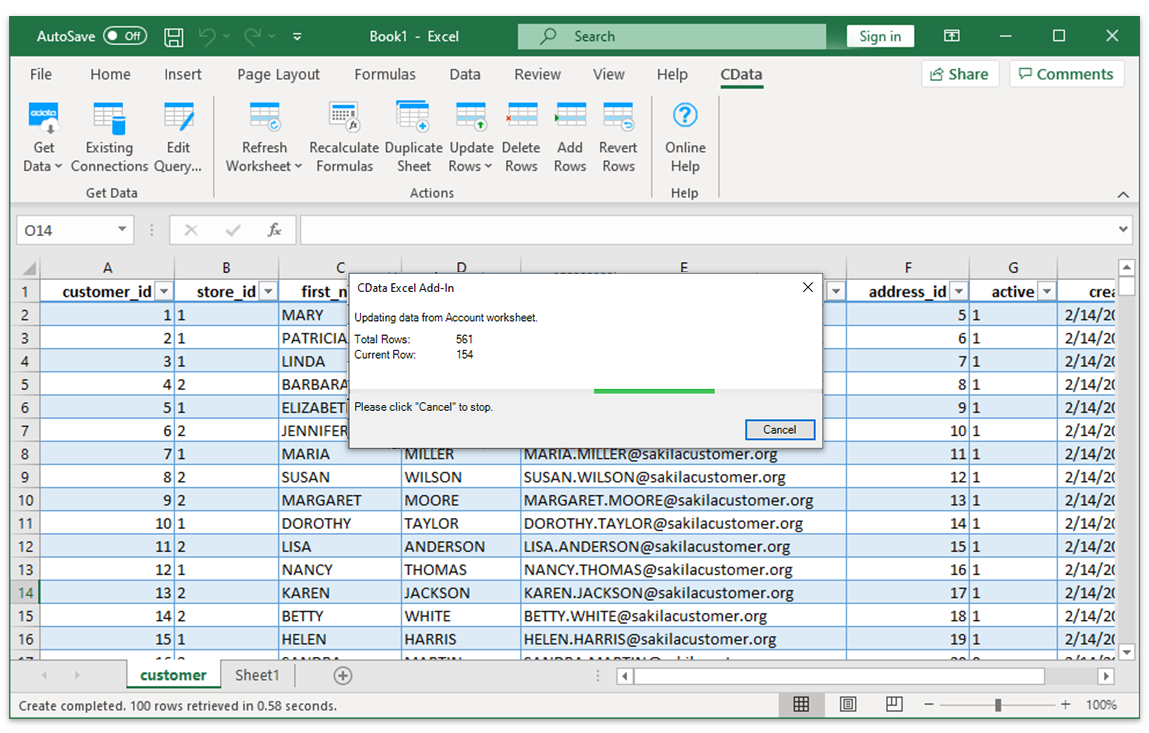

Performance indicators used to measure the processing power of OLTP include response time and throughput. ACID stands for Atomicity, Consistency, Isolation, and Durability. OLTP, is a classic application of relational databases which involves event processing, primarily basic, even daily processes such as transactions in a bank.Įvent processing must follow ACID, four principles that ensure data accuracy. In 1976, Jim Gray published a thesis called "Granularity of Locks and Degrees of Consistency in a Shared Database" in which he formally defined the concept of database transactions and data consistency mechanism for relational database events. Even today, this programming language still has yet to be replaced by an alternative. Looking at the continued development and growth of SQL, it's not hard to see why it has already become the top choice in the world of relational databases. This has released production power and significantly driven forward the development of commercial relational database systems. This abstract programming interface decouples the specific data problem from the details of data storage and query implementation, allowing large swaths of commercial business logic and information management computing models can be mass applied. In essence it is a language that uses key words that resemble natural speech and grammar to define operations on data, program data storage, query, and management. SQL (Structured Query Language) was invented by Boyce and Chamberlin in 1974 to act as a bridge between relational algebra and relational calculus. This advanced, non-procedural programming interface language perfectly combines computer science and human-comprehensible data management methods, and remains difficult to surpass even today. One of the primary reasons for the prevalence of relational databases is their adoption of SQL standards. However, relational databases continue to dominate the space. Today, with the development of the World Wide Web and the broad application of big data, more and more new types of databases are cropping up. Codd's thesis "A Relational Model of Data for Large Shared Data Banks" in 1970 to the arrival of the DB2, the commercial relational database supporting SQL on the market in the early '80s, Oracle's start, and the birth of SQL-Server in the '90s, successes of relational databases span the decades. The three core technical fields – CPU, operating systems, and databases – are the cornerstone of information processing, computing power, and artificial intelligence.įrom the publishing of E.F. Though, realistically, the technology has always been at the core of even modern society, driving on most of the developments in commercial technical civilization.

The concept of relational databases may seem a little "antiquated" in this day and age as its history begins with the IT technology present half a century ago.

We will also describe the design concepts behind the proprietary, next generation cloud managed relational database PolarDB along with some key related technical points. We will be sharing the theory behind the spiraling evolution of database computing power and how it ties into the developmental path of Alibaba Cloud's RDS products. The purpose of this article is to dive into the background of the development of relational databases and the special characteristics of the cloud computing era. By He Jun, Alibaba Cloud Technical Expert


 0 kommentar(er)
0 kommentar(er)
